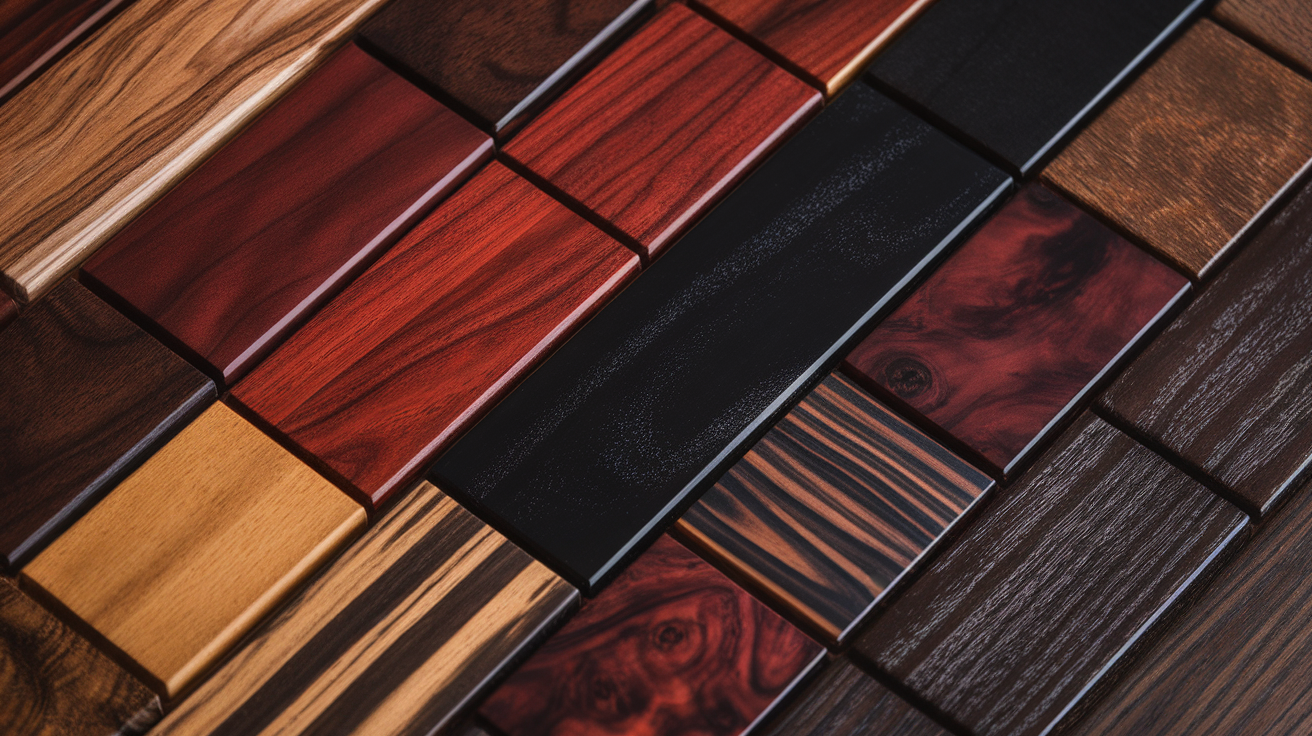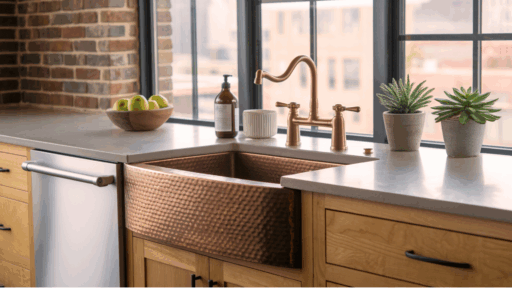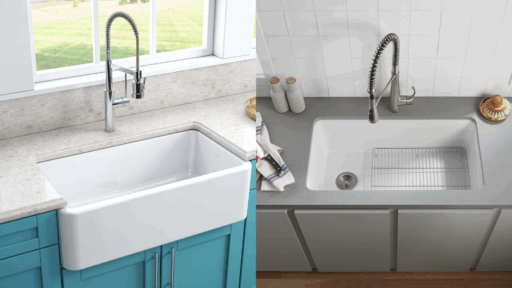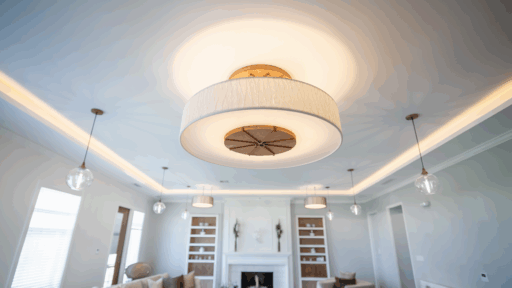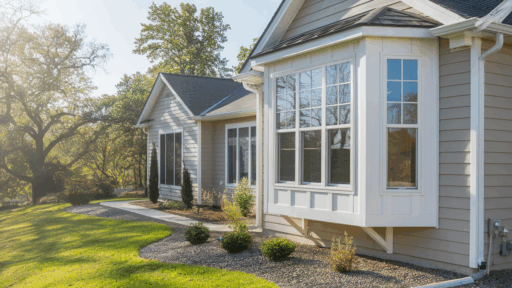Dark wood has a rich, bold look that adds warmth and depth to any space. I’ve always loved how it makes a room feel cozy yet classy.
However, selecting the right dark wood can be challenging. There are many types, and each one looks and feels a little different.
Some are strong and heavy. Others are smooth and fine-grained. You might see dark wood used in floors, furniture, cabinets, or trim.
I wrote this guide to help you learn the basics of this topic.
I’ll walk you through popular types of dark wood, what they look like, and where they work best.
If you’re planning a project or want to understand more about wood, this post is for you. Let’s take a look at the dark woods that stand out and why they matter.
What Is a Dark Wood?
A dark wood is a type of wood that has a naturally deep or rich color, usually brown, reddish-brown, or nearly black.
Some dark woods grow with this color, while others start lighter and darken as they age or when stained.
Dark woods are known for their warm, rich look. They often feel elegant and classic.
You’ll see them used in furniture, floors, cabinets, and trim. People choose dark wood for its bold appearance and firm feel.
Dark woods are usually denser and heavier than light woods.
They can also be more expensive. But they last long and never go out of style. If you want a timeless look, dark wood is a solid choice.
Common Types of Dark Wood
There are many types of dark wood, each with its unique color, grain, and texture. Below are the most common dark woods used in furniture, flooring, and other home projects:
1. Walnut
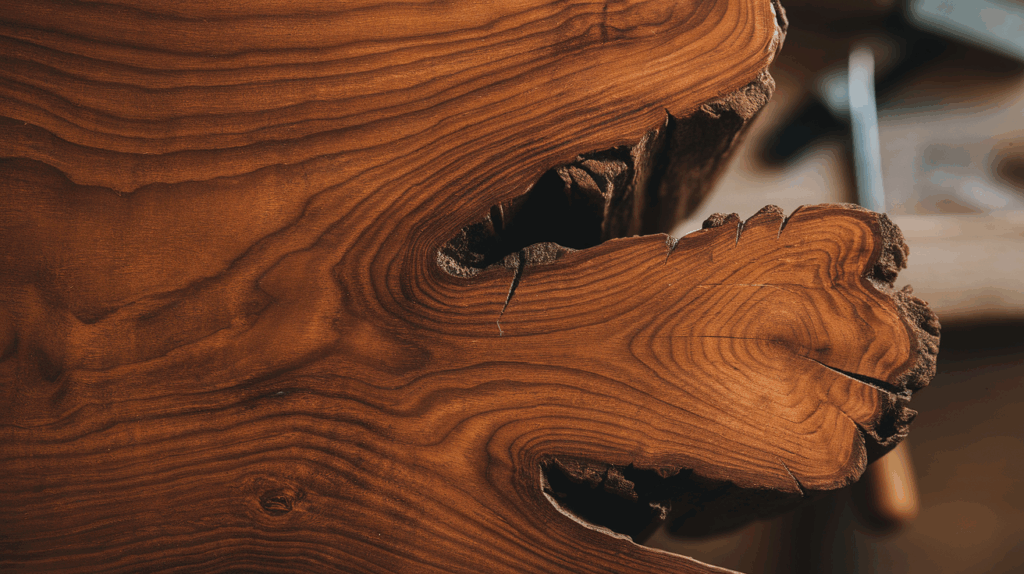
Walnut has a warm, chocolate-brown color with occasional purplish or gray undertones.
The grain can be straight or have beautiful waves and curls, adding natural interest. It’s smooth and has a fine, even texture.
Where You’ll See It: Walnut is used for fine furniture, cabinetry, flooring, and even gunstocks. Its classic look makes it a favorite for heirloom-quality pieces.
Strength and Durability: Walnut is a strong, stable hardwood that resists shrinking and warping. It holds up well, which helps preserve its rich color.
Pros
- Rich and elegant color
- Easy to work with by hand or machine
- Durable and stable over time
Cons
- It can be costly compared to other woods
- Fades slightly if exposed to long sunlight
2. Mahogany
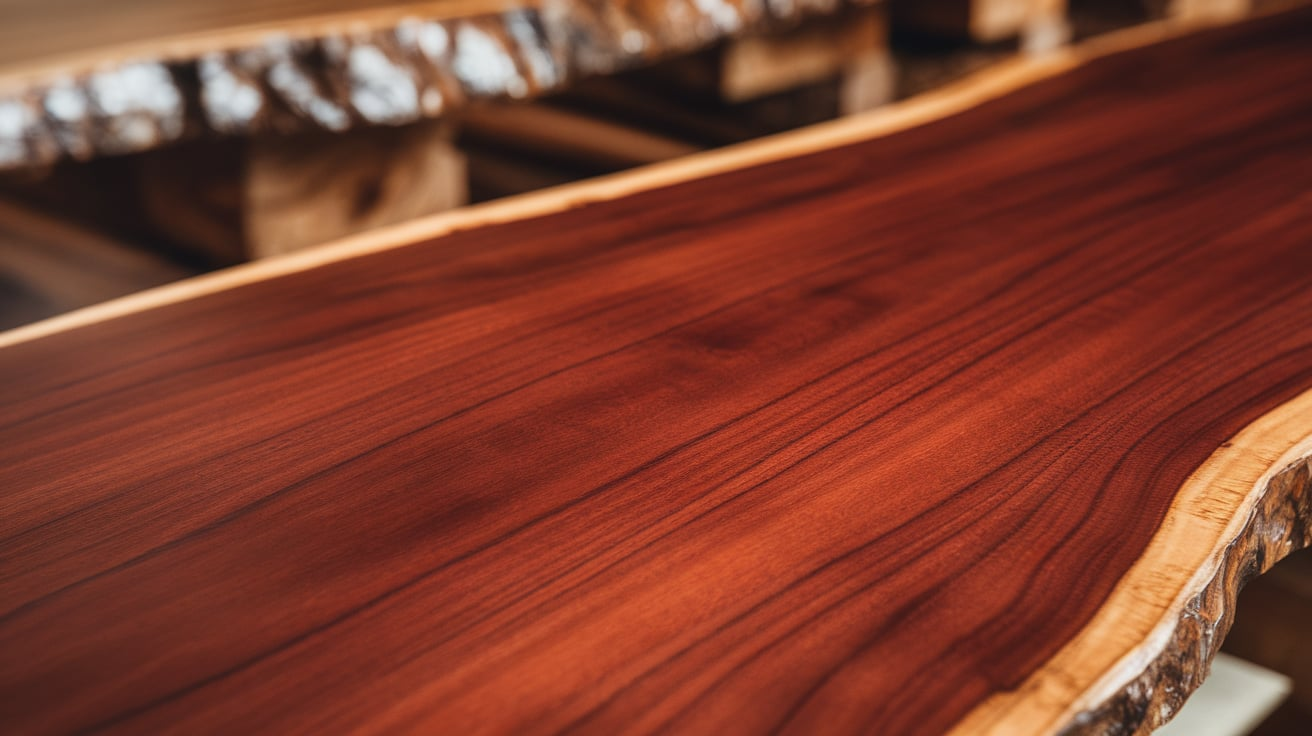
Mahogany has a deep, reddish-brown tone that darkens with age and exposure. It features a straight grain and a very smooth feel.
It is a strong hardwood that resists rot, insects, and moisture, ensuring it remains in good condition for an extended period.
Where You’ll See It: Commonly found in fine furniture, musical instruments, boats, and architectural woodwork.
Strength and Durability: Mahogany is strong, resistant to rot and insects, and sands to a smooth finish. It holds stains and polishes beautifully.
Pros
- Rich, warm aging color
- Naturally resistant to moisture and pests
- Smooth texture is ideal for detailed work
Cons
- Higher price due to demand and rarity
- Imitations can be found on the market
3. Cherry Wood
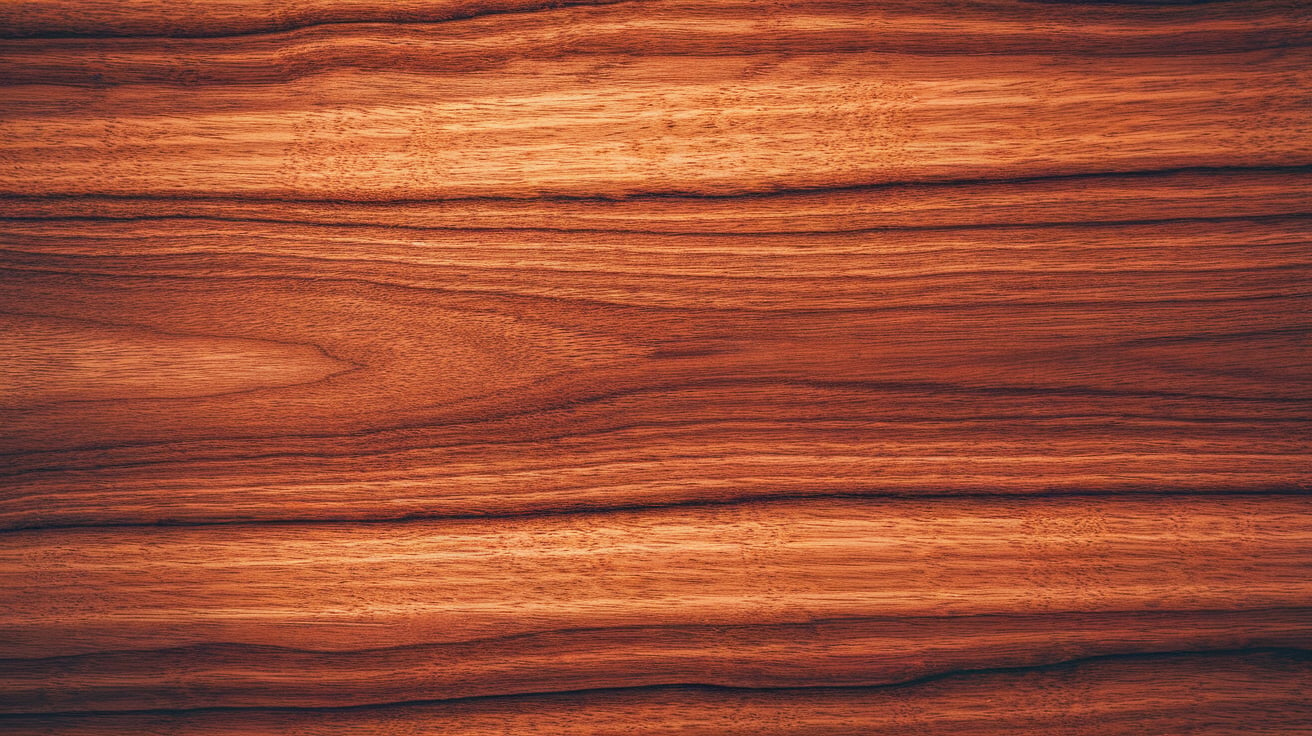
Cherry begins as a light pinkish-red but matures to a deep red-brown with a warm glow. It has a fine, smooth grain with occasional dark streaks.
Where You’ll See It: Cherry is popular in cabinets, furniture like tables and desks, flooring, and trim work. Its warm tones make it a favorite for both traditional and modern homes.
Strength and Durability: Cherry is softer than some hardwoods, making it easy to shape and sand. It develops a rich patina with age but can scratch more easily and may fade if left in strong sunlight.
Pros
- Color improves and deepens with age
- Easy to work with and finish
- Smooth, attractive texture
Cons
- More prone to scratches and dents
- It can fade unevenly in direct sunlight
4. Ebony

Ebony is known for its nearly jet-black color and very fine grain. It’s dense and smooth, with a natural glossy finish.
Where You’ll See It: Used mainly for luxury items like piano keys, knife handles, inlays, and small furniture details.
Strength and Durability: Ebony is one of the hardest and densest woods, making it extremely durable but tough to work with.
Pros
- Deep, rich black color
- Extremely durable
- Exotic and luxurious appearance
Cons
- Very expensive and rare
- Difficult to cut and shape
- Environmental concerns over harvesting
5. Wenge
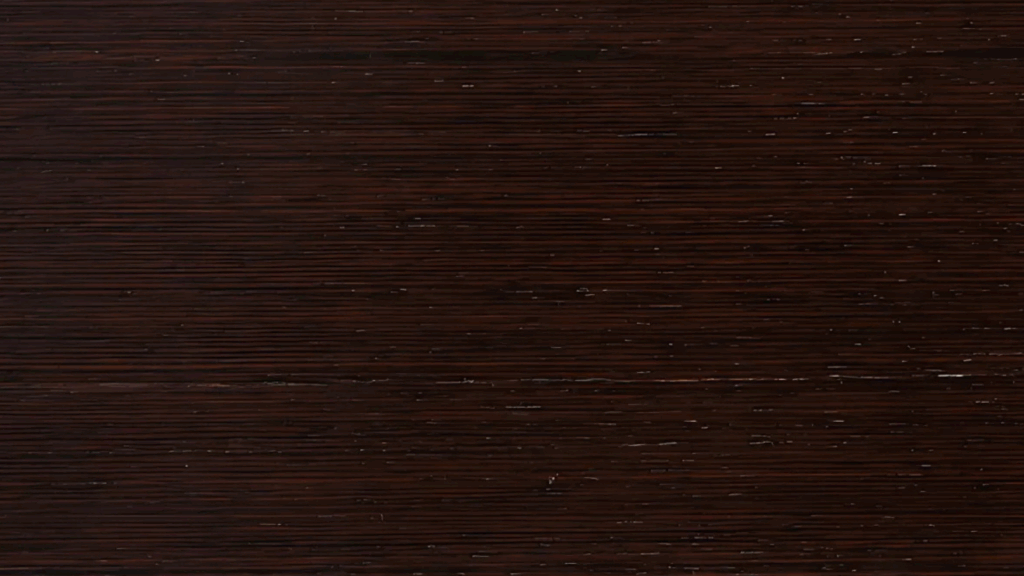
Wenge features a dark brown color with bold black streaks. The grain is coarse and striped, creating a striking, textured look.
Where You’ll See It: Wenge is popular in modern furniture designs, flooring, and even guitar necks. Its bold pattern makes it a favorite for statement pieces that add character and style.
Strength and Durability: Wenge is very dense and heavy, which makes it tough and long-lasting. It resists wear well, making it suitable for areas that receive a lot of use. However, because the grain is coarse, the wood can splinter if it’s not cut or sanded carefully.
Pros
- Unique, dramatic look
- Highly durable
- Adds a modern flair
Cons
- Can splinter during cutting or sanding
- More expensive and less common
- Requires sharp tools to work cleanly
6. Rosewood
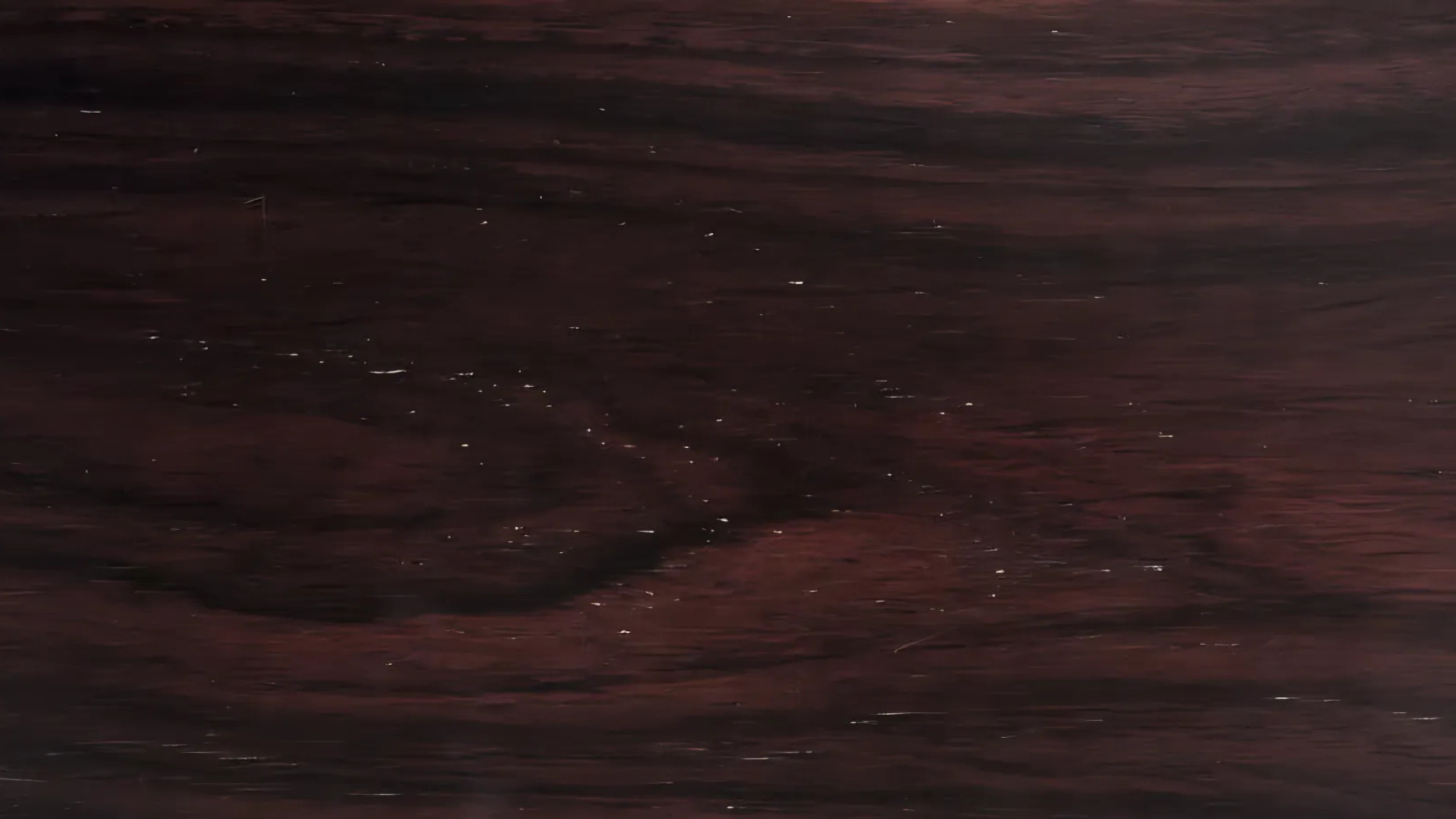
Rosewood ranges from dark brown to reddish-purple with black streaks or swirls. It has a smooth surface and often a sweet scent when freshly cut.
Where You’ll See It: Rosewood is commonly used in the making of musical instruments like guitars and pianos, as well as fine furniture and decorative veneers. Its unique appearance also makes it popular for luxury decorative items.
Strength and Durability: Rosewood is a very hard and dense wood, which makes it strong and long-lasting. It naturally resists insects and rot, helping it stay in good condition for many years
Pros
- Beautiful, unique grain patterns
- Very strong and long-lasting
- Resistant to damage and pests
Cons
- Expensive and hard to find legally
- Difficult to work due to the hardness
- Some species are protected by law
7. Teak
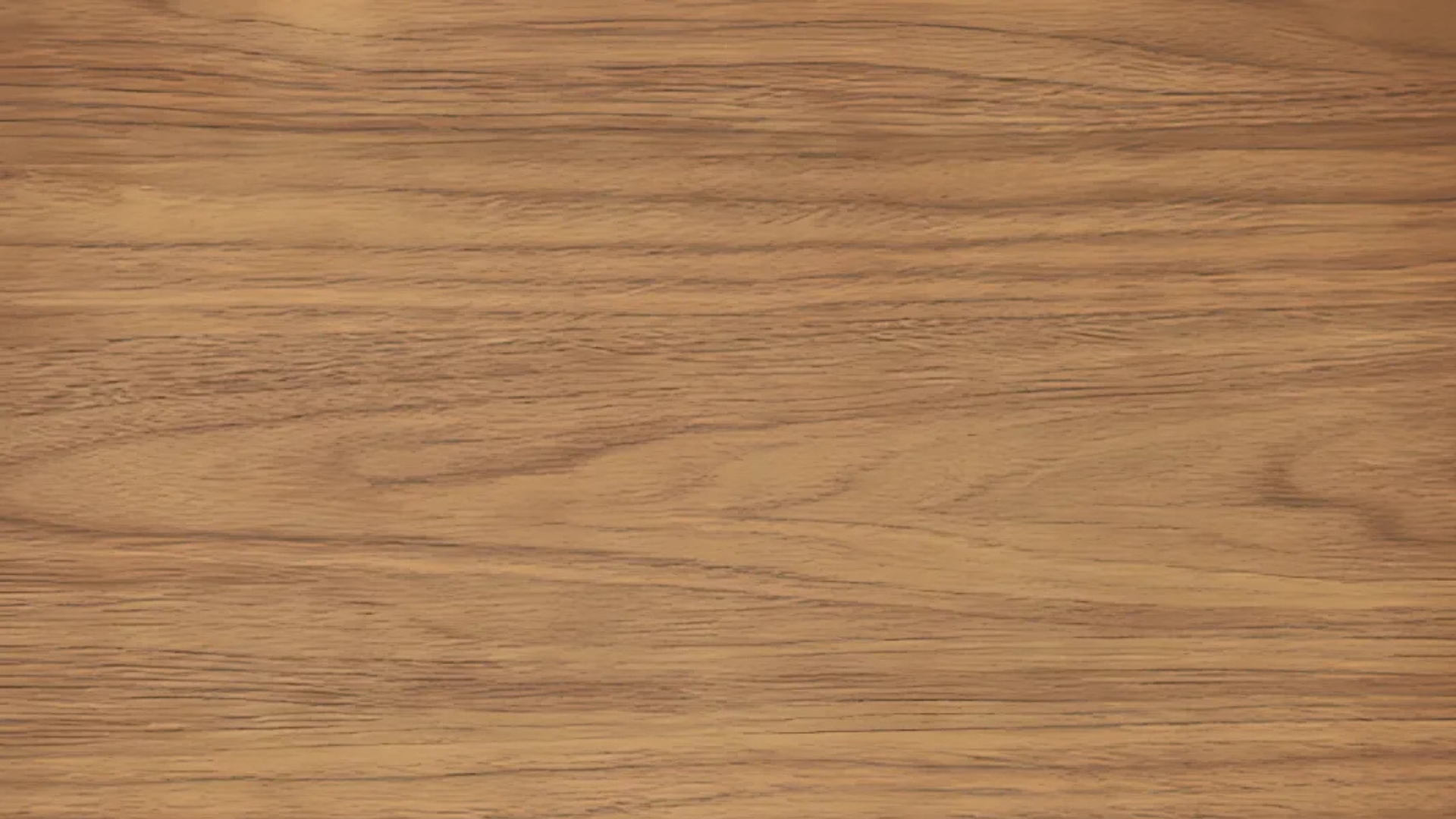
Teak is golden-brown with a straight grain and a natural oily texture. Over time, it darkens to a richer brown.
Where You’ll See It: Teak is commonly used for outdoor furniture, boat decks, bathrooms, and kitchens. Its water-resistant properties make it perfect for places exposed to moisture and weather.
Strength and Durability: Thanks to its natural oils, teak repels water and insects very well. This makes it one of the most durable woods for outdoor use. It can last for decades with minimal maintenance.
Pros
- Highly water and bug resistant
- Lasts decades outdoors with minimal care
- Beautiful warm color that improves with age
Cons
- Pricey due to demand and durability
- Heavy and tough on tools when cutting
- Can dull blades quickly
8. Oak (Stained Dark)
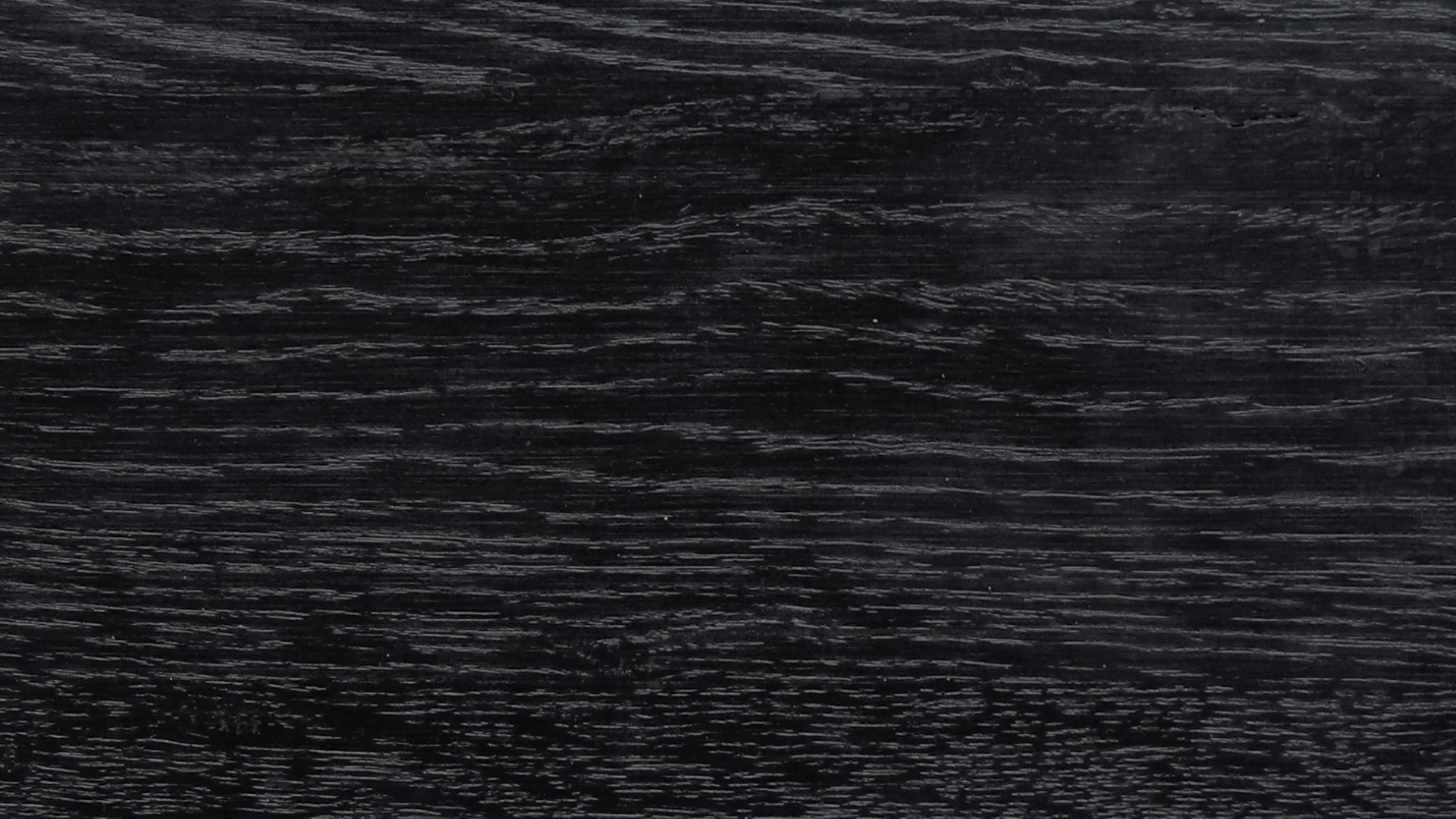
Oak is naturally light with a broad, coarse grain. When stained dark, it takes on a warm, rich color and a classic look.
Where You’ll See It: Dark-stained oak is commonly used in flooring, cabinetry, furniture, and wall paneling. Its strength and traditional look make it popular in both homes and commercial spaces.
Strength and Durability: Oak is extremely strong and hard, which helps it resist dents, scratches, and everyday wear. This toughness makes it ideal for high-traffic areas like hallways, kitchens, and living rooms.
Pros
- Widely available and affordable
- Very durable and hard-wearing
- Stains evenly to dark tones
Cons
- Coarse grain may look rough to some
- Not naturally dark without staining
9. Maple (Stained Dark)

Maple is a pale wood with a tight, fine grain. When stained dark, it gains a smooth, polished look popular in modern designs.
Where You’ll See It: Dark-stained maple is commonly used in kitchen cabinets, furniture, flooring, and trim work. Its clean appearance suits both traditional and modern homes.
Strength and Durability: Maple is a very hard and dense wood, making it highly resistant to scratches, dents, and everyday wear. This durability makes maple a great choice for high-traffic areas like kitchens and living rooms.
Pros
- Smooth, even grain
- Very strong and durable
- Looks sleek when stained dark
Cons
- Can absorb stain unevenly if not prepped well
- Naturally light color
Dark Wood vs Light Wood: Key Differences
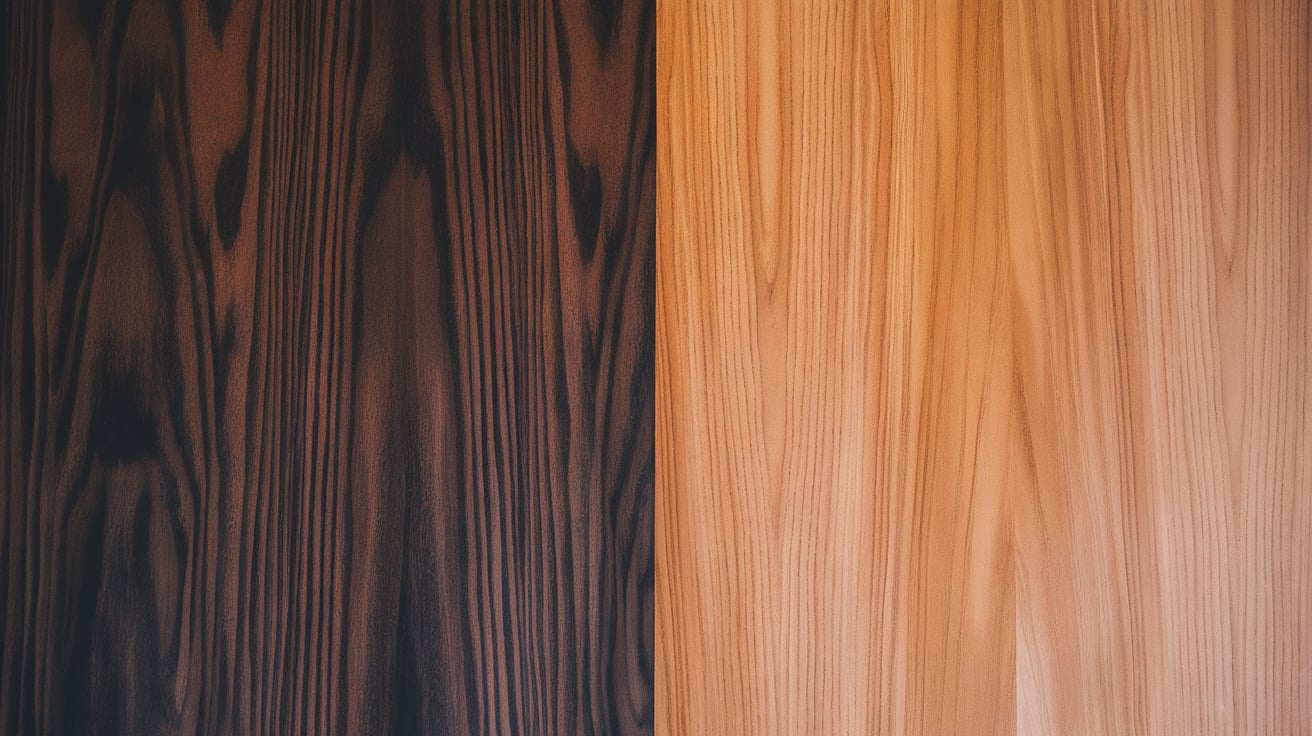
Dark and light woods create different looks and moods. Knowing their key differences can help you choose the right one.
| Feature | Dark Wood | Light Wood |
|---|---|---|
| Look | Warm, rich, formal | Bright, fresh, casual |
| Uses | Formal spaces, classic style | Modern, open designs |
| Care | Hides stains, shows dust | Shows wear, hides dust better |
| Cost | Often more expensive | Usually more affordable |
| Weight | Often heavier | Usually lighter |
How to Pick the Best Dark Wood for You
Choosing the right dark wood can be tricky with so many options. Below are simple tips to help you pick the best wood for your project and space:
- Purpose of the Wood: Think about what you’ll use the wood for, furniture, flooring, cabinets, or outdoor projects. Some woods are stronger and better for floors, while others work great for furniture or trim.
- Color and Grain: Decide if you want a smooth, even look like cherry or maple, or a bold, textured look like wenge or oak. Also, think about whether you want the wood’s color to stay the same or darken over time.
- Durability and Hardness: Consider how much wear and tear the wood will face. Harder woods like maple and oak hold up well in busy areas. Softer woods like cherry may scratch more easily but are easier to work with.
- Workability: If you plan to DIY or shape the wood yourself, choose a wood that’s easier to cut and sand, like walnut or cherry. Harder woods like ebony or wenge need sharper tools and more skill.
- Budget: Some dark woods, like mahogany and ebony, are expensive. Others, like stained oak or maple, offer a dark look at a lower cost.
- Environment and Sustainability: Check if the wood is responsibly sourced or certified. Some woods, like rosewood and ebony, may be protected due to overharvesting.
Choosing the right dark wood means balancing your needs, style, and budget. Consider its use carefully and ask for samples or advice.
Caring for Dark Wood
Dark wood can last a lifetime with proper care. Here’s how to keep it looking great:
- Dust often: Dust shows more on dark wood
- Use soft cloths: Avoid scratches
- Polish gently: Use wood polish, not harsh sprays
- Avoid sunlight: The Sun can fade the color over time
- Keep it dry: Moisture can damage the finish
Conclusion
Dark wood adds a warm and rich look to any space. I’ve enjoyed learning about the different types and what makes each one special.
From walnut’s smooth finish to the bold stripes of wenge, each wood has its own story and use.
Choosing the right wood involves considering its strength, the color you prefer, and your budget.
Dark woods can last a long time and bring beauty to your home. I hope this guide helps you feel more confident in picking the best dark wood for your next project.
If you take your time and pick the right type, your wood will look great and stand up well for years to come.


